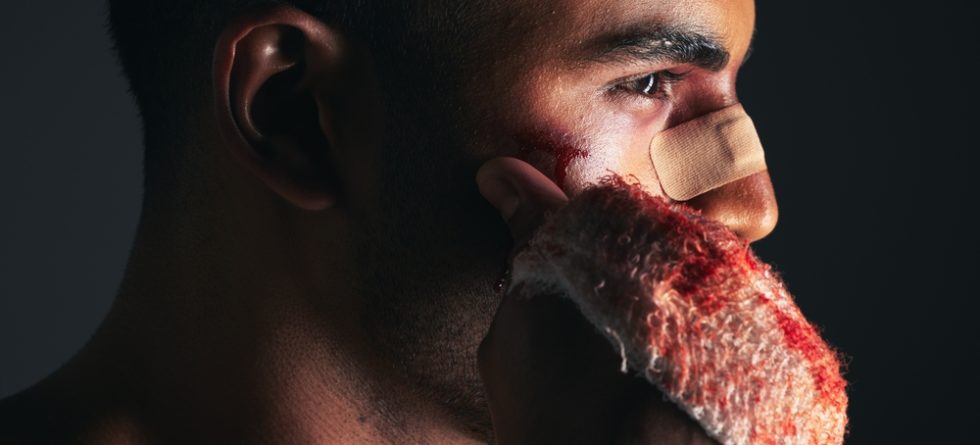In Thai boxing, also known as Muay Thai, bruises are common and are often referred to as “Muay Thai tattoos” because practitioners frequently develop bruises on various parts of their bodies due to the nature of the sport. These bruises can be seen as badges of honor and a testament to the rigorous training and combat involved in Muay Thai. Here are some common areas where Muay Thai practitioners may develop bruises:
- Shins: Muay Thai fighters frequently condition their shins to withstand the impact of kicks and to deliver powerful strikes. This can lead to bruising on the shin area.
- Forearms: In Muay Thai, fighters often use their forearms to block kicks and strikes. This can result in bruising on the forearms.
- Thighs: Muay Thai kicks, especially low kicks and leg kicks, can cause bruising on the thighs of both the attacker and the target.
- Ribs: Body shots, including kicks and knee strikes to the ribs, can leave visible bruises on the torso.
- Face and Head: Although head strikes are not permitted in standard Muay Thai, during sparring or less-regulated training sessions, accidental headbutts, elbows, or knees to the head can lead to facial bruises.
- Shoulders and Arms: Strikes to the upper body, including the shoulders, arms, and chest, can also result in bruises.
While these bruises are common in Muay Thai, they are typically superficial and not a cause for concern. Muay Thai practitioners condition their bodies to absorb and withstand these impacts over time. Additionally, proper training techniques and protective gear, such as shin guards and headgear, can help reduce the severity of bruising and minimize the risk of injury.
If you are training in Muay Thai or participating in sparring, it’s essential to follow the safety guidelines and use protective equipment to prevent more serious injuries. Bruises are a natural part of the sport, but responsible training and protective measures can help keep them in check and ensure a safer training environment.




